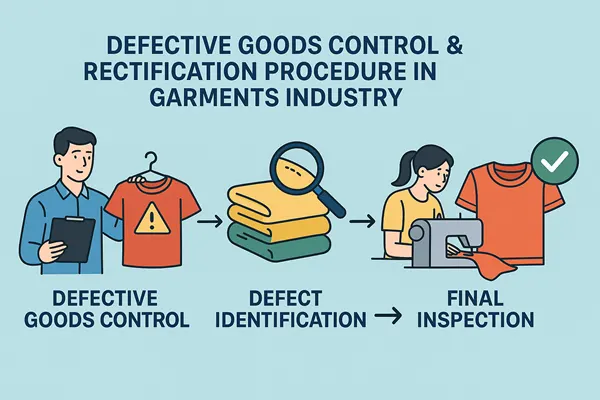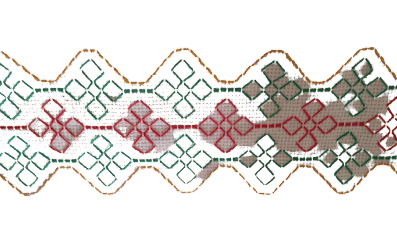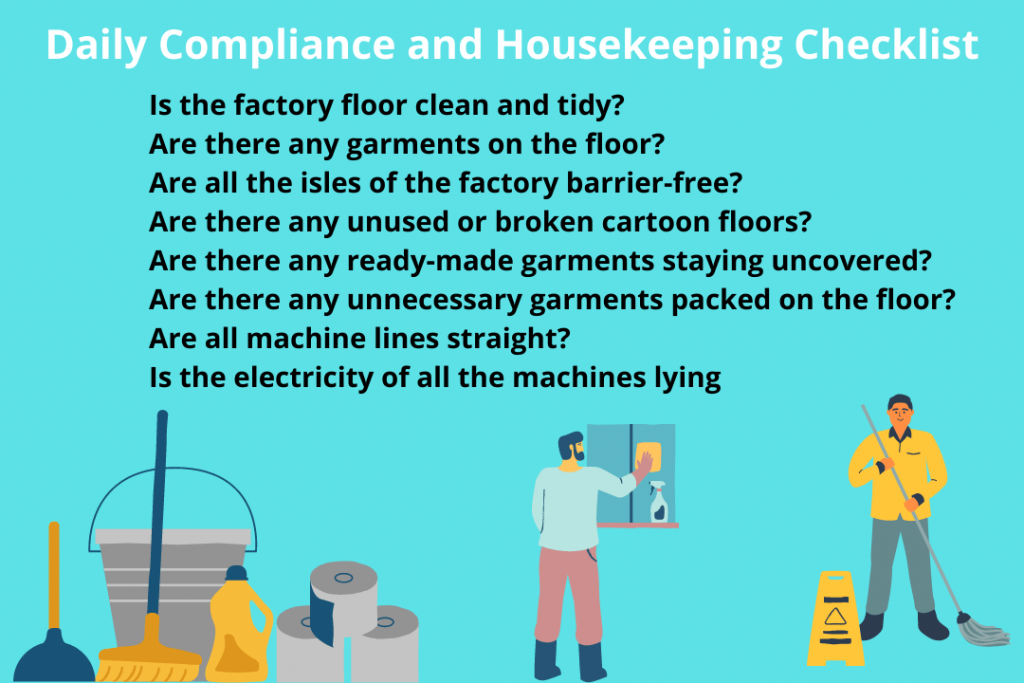The purpose of the work is to increase the product’s quality and meet the buyer’s demands. But if the quality of products ever fails to meet buyers’ demand, then the factory has a standard defective Goods control & rectification handling system. We are discussing defective goods control and rectification in the garment industry.
Ensures that only good-quality garments and accessories are packed according to buyer/customer requirements. It also identifies non-confirming products and takes corrective measures to control them. Non-confirming products are replaced/reproduced on a daily basis to ensure that the full order quantity is shipped with quality garments.

Responsibilities of the Team
- The Head of Quality Assurance is responsible for the monitoring and the implementation of the sewing non-confirming products system and to verify the authenticity of the report.
- The Department head Quality and Production are assigned to carry out the defective Goods control & rectification review and to maintain the report.
Defective Goods Control & Rectification Procedures:
- If a defect is finding in the garment, the defective garment should be kept separately according to the defect criteria. Defective garments are kept in isolated place.
- Line QC will review all the defects within the specified time (every hour) and hand over to the responsible person according to the defect variance with reports.
- The defect should be rectifying in the line where the style was planned.
- There should be two separate garment boxes in the defect rectification area where should be keep under rectify garment and another one box used for keep rectify garments.
- Ensure hourly handover defective garments should be received on time and garments that have been rectified should have stickers on them.
- The repaired garment should be checked well, if the defect is not repaired properly or the defects have then the garment will be considered as reject.
- Rejects garments should be summarized color, po and size wise. And the rejected garments handed over to the reject room and the documents should be keeping minimum12 month.
Sport defects.
- If a defect is finding in the garment, the defective garment should be kept separately according to the defect. Defective garments are kept in isolated place.
- Spotted garments should be handed over to spot-men and evidence of handover should be kept.
- Ensure hourly handover defective garments should be received on time and garments that have been rectified should have stickers on them.
- If the garment does not dry well, it should be kept in the dry room.
- Garments free from stains or spot should be checked well, whether the garment is properly dried or not. If the garment does not dry well, it should be kept in the dry room.
- If the spot on the garment is well removed or the moisture content of the garment is under control then the garment is send further processed.
- If the defect is not repaired properly or the defects have then the garment will be considered as reject.
- Re-check report of garments and reject garment handover report should be kept.
Fabric defects
- If a defect is finding in the garment, the defective garment should be kept separately according to the defect. Defective garments are kept in isolated place.
- Fabric defect must be confirmed before inputting the defect by analyzing. All logistics support should be arranged according to prior planning, such as defect removal with internal process or external process.
- Hourly defects should be handed over to SV and defect handover report should be maintained.
- Ensure hourly handover defective garments should be received on time and garments that have been rectified should have stickers on them.
- The repaired garment should be checked well, if the defect is not repaired properly or the defects have then the garment will be considered as reject.
- Re-check report of garments and reject garment handover report should be kept.
4.3 Out of Tolerance measurements Garments-Defective Goods Control & Rectification
- Fast 50 is checked by lot after receiving the garments from the wash. Each size is measured in three pieces.
- If the measurement is within tolerance, the garment is received. And if a single sample is found out of tolerance then the lot is considered rejected.
- If a defect is finding in the garment, the defective garment should be kept separately according to the defect. Defective garments are kept in isolated place.
- Measurement problems are generally of two types out of tolerance minus and plus. Based on this tolerance the garment keeps separately.
- If the garment measurements are out of tolerances (+) on the plus side, the problem is solved internally or sent back to the wash.
- If the garment measurements are out of tolerances (-) on the Minus side, this quantity sent back to the wash.
- Garments sent for correction of measurements are 100% re-checked including all key points. If the measurement is within the tolerance, the garment will be passed, and if the measurement is outside the tolerance, then those garments will have to be separated.
- Separated garments should be summarized by color and size wise. According to the summary, the quantity of garments outside the tolerance should be informed to the buyer. Should be sent for approval mentioning proper reasons with reference if necessary.
- If the buyer has given the approval, then the data of the quantity of garments given in which carton must be kept for one year.
- If the buyer does not give approval, then the quantity of garments will be considered rejected and the rejected garments should be handed over to the reject room and the documents should be kept.
- If any garment needs to be re-washed then the garment should be checked 100% quality, shade and hand feel.
Review of non-confirming products.
- Non-confirming Material/garments reviewed in daily basis by QA Manager, Production Manager along with production/finishing team.
- Corrective measures will be taken to avoid producing non-confirming products.
- Garments/ Material identified as repairable will be either replaced parts or repaired. These garments will be checked by concern Line QC and hand over to further process.
- There should be marking in the place where the garment is defective and after repair it should be marked in that place. Use the register to handover defective garments and defect repair ok garments.
- Garments/ Material identified as irreparable will be termed as “Killed Garments” & these garments will be re-cut and remade to ensure order quantity is shipped.
- Killed garments/ Material been sealed in carton boxes and disposed or destroyed based on buyer requirements.
Intimation to buyer on non-confirming products.
- If non-confirming products exceed the limits, will stop the production and the same will be notify to buyer for approval. Based on buyer feedback, either non-confirming products will be rectified or destroyed.
Storage/disposal of non-confirming products.
- All non-confirming materials & Garments are stored in a separate room with Lock and Key access. Maximum one year we will keep rejected products. After one year we will destroy it.
- All non-confirming materials & Garments are disposed as per buyer requirement.
- But Factory will non-confirming materials & Garments are disposed by Cut into small pieces.
- Fast time all Labels are removed from Garments and all Garments are by Cut into small pieces.
- All Labels and Garments cut parts have to pay wastage collector.
- After a certain period all the wastage was sold to an authorized person and document keep properly.


